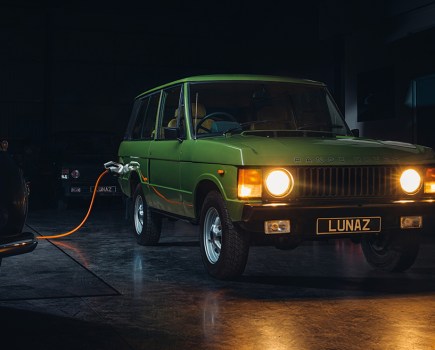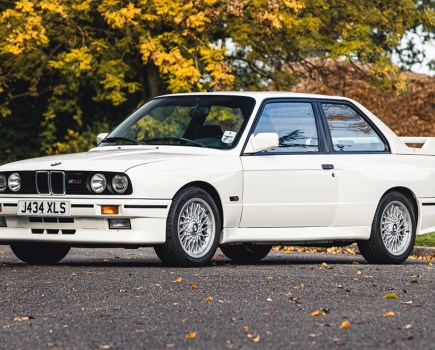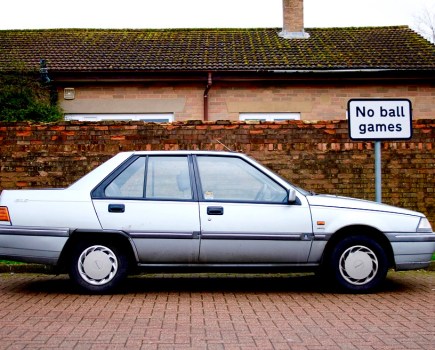Despite the excitement surrounding the idea of an island full of rare classic cars, none of Cuba’s distinctive historic vehicles have actually left the country yet. Jack Grover looks at why reality hasn’t lived up to the hype
One of the more intriguing, but unlikely, news stories of last year concerned Cuba, the Caribbean island best known for things beginning with a ‘C’ – communism, cigars and classic cars. The latter are a direct result of the former (communism that is, not cigars). For the first half of the 20th Century Cuba was virtually a satellite state of the United States and this meant that the island’s cars were almost exclusively Detroit products.
But in 1958 the existing American-backed government was overthrown by a revolution and Cuba was established as a communist state under Fidel Castro. The United States, followed by most of the rest of the non-Soviet world, imposed a strict and rigorously upheld trade embargo on Cuba. Domestically the new government implemented a tightly-controlled economic system where all private assets were nationalised and all remaining trade (nearly all to and from the USSR) was heavily regulated.
With no new cars available and no spare parts to keep the existing ones going, the past 55 years has been an exercise in engineering ingenuity for Cuban motorists. By the mid ‘Seventies the Chevrolets, Plymouths, Dodges, Buicks and Chryslers filling the streets of Havana were already virtually extinct on the roads of America – and they’re still there in 2016. The cars have been kept going by a thriving network of back-street workshops that can, for instance, get a 1954 Chrysler drive hub to fit the axle of a 1948 Buick. Other parts are fabricated from scratch and as the embargo continued many of the cars had more drastic surgery, with the thirsty and worn-out V8s being removed in favour of the 1.6-litre engine from a Lada, the motor from a Belarus tractor, or anything else that came to hand.
Having been tourist draws and icons of Cuba for decades, the cars (known as ‘almendrones’ or ‘almonds’, because of their smooth, rounded shapes) hit the news in 2014 when the Cuban government announced that, as part of a series of economic reforms, it was allowing the importation of new cars for the private market. This was followed by another reform allowing Cubans to own the cars they drove – previously nearly all the old cars were owned by the state and allocated to drivers for use as taxis.
With trade opening up, the creation of private property and, in January 2015, the opening of talks between the US and Cuba about lifting or easing the embargo, there has been much talk about droves of American car collectors and auction houses descending on Cuba and sweeping it clean of rust-free and still roadworthy classic cars, the likes of which simply aren’t seen anywhere else in the world.
GOING NOWHERE
But, nearly two years after the rumours first started, there are still no signs of that happening. The estimated 25,000 ‘almendrones’ are all still in Cuba. But why?
It is mostly because there is simply no supply. While Cubans can, theoretically, buy a new car, this is a country where the average monthly wage is $22 and a Peugeot 206 costs $91,000. Even the cheapest Chinese hatchback costs $30,000 and sales are still subject to governmental approval. Since most of the American classics are in service as taxis they aren’t just possessions – they are their owner’s only source of income, and the quirky cars are a big attraction for the tourists that Cuba relies on for much of its economy. Add in the fact it would take three centuries to earn (let alone save) enough money for a new car and it is hardly surprising that no one feels like selling.
After the initial excitement, it seems that more rational thoughts have dampened the enthusiasm of would-be collectors too. The idea of purchasing a rare ‘Forties Buick for a song is tempting – but then consider that it would be powered by a diesel engine adapted from an industrial generator, be missing much of its external brightwork, be wearing a dozen layers of house paint applied with a roller brush and not only that, it hasn’t had any official spare parts support for half a century and the appeal quickly dies away. The cars may be ‘roadworthy’ but that is by Cuban standards – the cars’ owners have to choose between paying for maintenance and paying for food for their families, which should tell you all you need to know about their overall mechanical condition.
PAUSE FOR THOUGHT
Commentators and experts have been given more considered thoughts in recent months, the consensus being that a small number of ‘almendrones’ will almost certainly be bought by collectors for the novelty value of having one of the first cars to come out of Cuba. As museum pieces and quirky examples of ‘make-do and mend’ engineering they will have some desirability but the talk of hundreds of American classics being repatriated to form the basis of easy restoration projects has stopped.
One expert summed things up in an interview with The Guardian: “Once the frenzy dies down, these will just be junky old cars whose existence is a testimony to the ingenuity of Cuban mechanics.”
It looks like Cuba will be famous for its classic cars for a long time to come yet.







